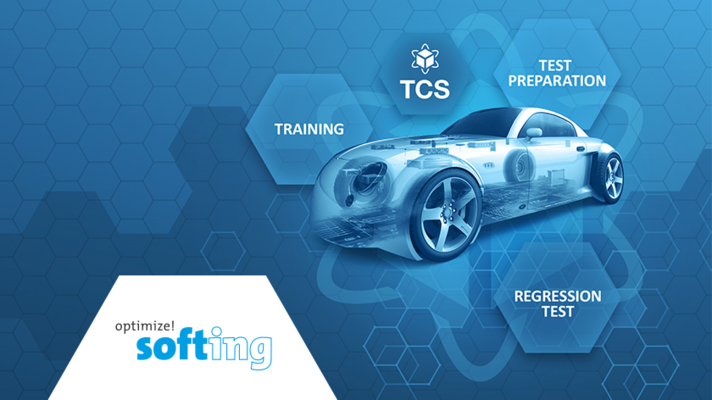Optimized Test Preparation – Increased Efficiency with Diagnostic Simulation

Due to the rapid increase in electronics and software in the vehicle, testing ECUs is becoming increasingly complex. It is no longer only individual systems that have to be tested, but also the interactions between the systems. One possible key to the solution is test automation. While good results are already being achieved in many areas of vehicle electronics through simulations, this step still needs to be taken in vehicle diagnostics. It is obvious: An external device, the diagnostic tester, is developed or adapted to perform the test - but the necessary counterpart in the form of an ECU or vehicle is missing to test the tester. With Softing TCS, a configurable diagnostic simulation with real communication is available in time, which considerably accelerates the creation of automated tests.











